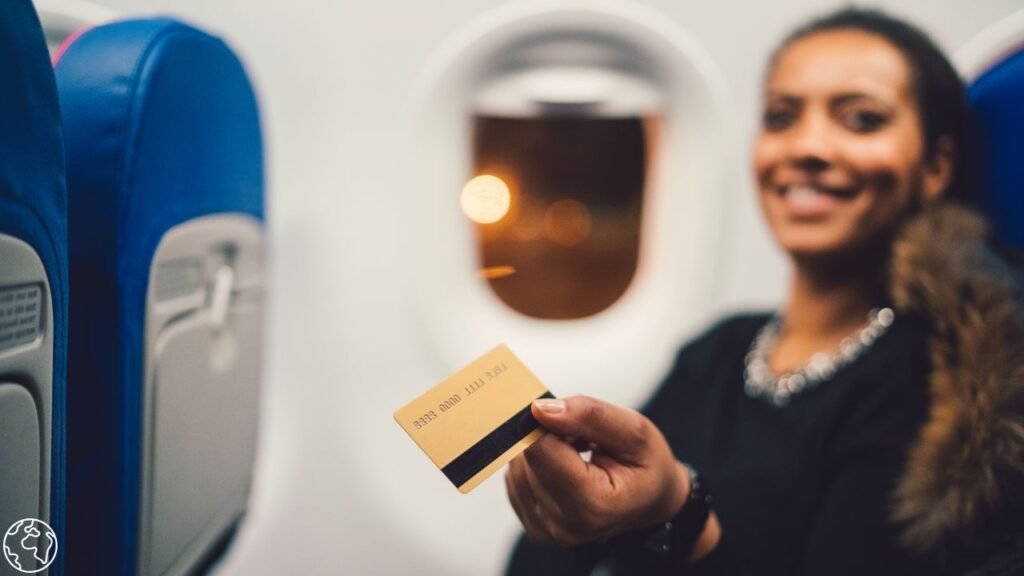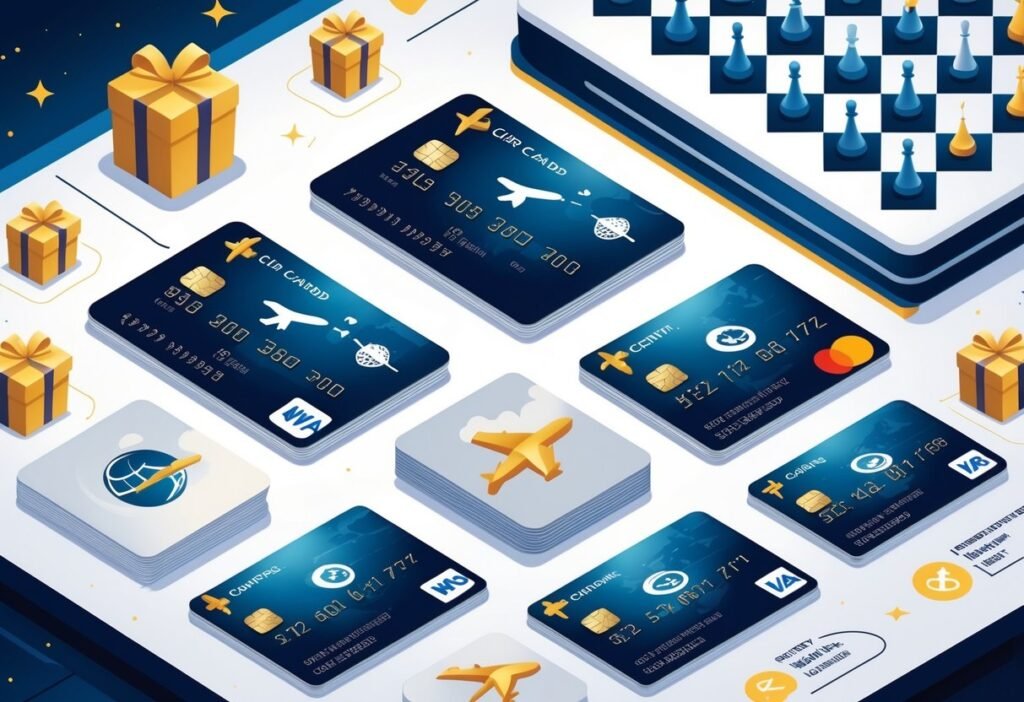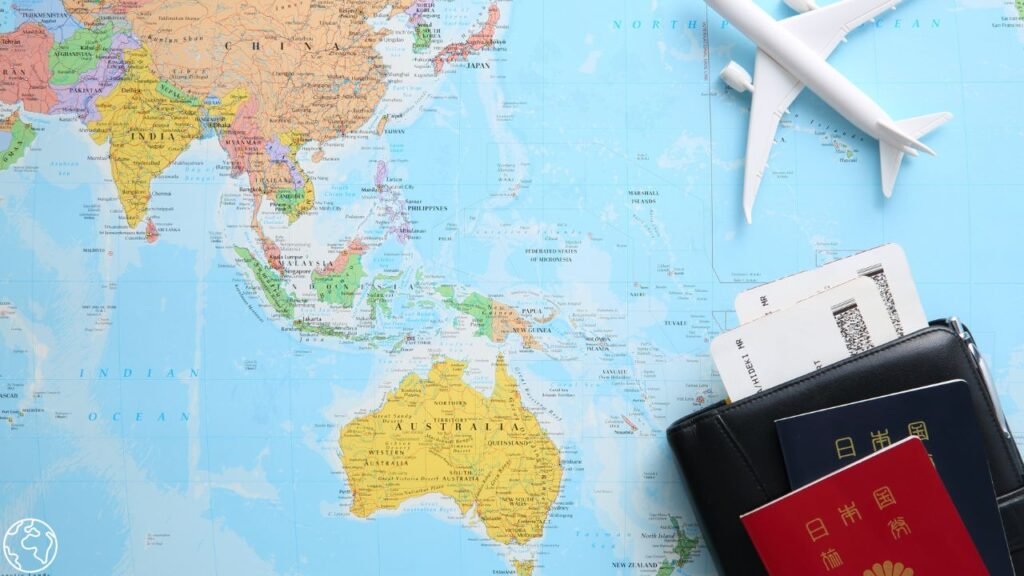Ever wondered how people seem to fly for next to nothing? It’s not magic—it’s all about credit card points and a bit of strategy. Let’s break down how you can do it too, without getting lost in jargon or fine print.

First up, sign-up bonuses. These are the big, flashy offers you see when you open a new credit card—think “Earn 60,000 points after spending $4,000 in 3 months.” It’s basically a fast track to a free flight, if you play it right.
Transfer partners are the secret sauce. They let you move your points from your credit card to airline or hotel programs, often at a 1:1 ratio. This can really stretch the value of your points, especially if you’re flexible about where and when you travel.
But don’t just jump in. You need a plan. That means timing your applications, picking the right cards, and not spending beyond your means. Honestly, it’s a bit of a puzzle—but the payoff can be huge.
Step 1: Find the Best Credit Card for You

There are a ton of travel credit cards out there, and not all are created equal. Comparison sites like CardRatings and NerdWallet are lifesavers here. They break down annual fees, sign-up bonuses, and ongoing perks in plain English.
Look for cards that offer a generous sign-up bonus and flexible points. Chase Sapphire Preferred, Chase Sapphire Reserve, and Amex Gold or Platinum are all crowd favorites. But, honestly, don’t just follow the crowd—pick what fits your spending and travel style.
Step 2: Score That Sign-Up Bonus
Sign-up bonuses are the quickest way to rack up points. You’ll usually have to spend a set amount within the first three months—say, $3,000 for 60,000 points. That’s a lot, so make it count by putting everyday expenses on your new card.
Don’t buy stuff you don’t need just to hit the minimum. Groceries, utilities, insurance—use these regular bills to your advantage. Some folks even pay their taxes or buy gift cards for future use. Just keep an eye on the deadline, because missing it means missing the bonus.
Step 3: Master the Art of Transfer Partners

Here’s where things get interesting. Most top travel cards let you transfer points to airline or hotel partners. For example, Chase Ultimate Rewards can go to United, Southwest, or Hyatt. Amex Membership Rewards work with Delta, Air Canada, and Marriott, among others.
Transfers are usually instant, but sometimes take a day or two. Always double-check the transfer ratio—most are 1:1, but not always. And once you move points, there’s no going back, so make sure there’s award availability before you pull the trigger.
Occasionally, banks run transfer bonuses—like a 30% bump when sending points to British Airways. These promos can make your points go much further, so keep an eye out.
Step 4: Pick the Right Card for Your Needs

Let’s talk specifics. The Chase Sapphire Preferred is a solid starter—lower annual fee, nice sign-up bonus, and transfers to a bunch of travel partners. If you want more perks (like lounge access and extra travel credits), the Sapphire Reserve is a step up, though it’s pricier.
Amex Gold and Platinum cards are also strong picks if you spend a lot on groceries, dining, or want luxury travel benefits. Each card has its quirks—some offer statement credits, others give you airport lounge access. Decide what matters most to you.
Step 5: Make the Most of Airline and Hotel Partnerships

Airline alliances are your friend. With points in United MileagePlus (Star Alliance), you can book flights on partners like Lufthansa or Air Canada. Oneworld (think American Airlines, British Airways) and SkyTeam (Delta, Air France) work similarly.
That means you aren’t locked into just one airline. Sometimes, booking with a partner airline costs fewer points or has better availability. Always check multiple options before booking—sometimes the differences are wild.
Hotel programs like Marriott Bonvoy and Hilton Honors let you transfer points to airlines, but usually the value isn’t as good. Still, if you’re a few miles short, it can save the day. Just compare before you transfer, because once it’s done, that’s it.
Step 6: Maximize Your Points—A Few Tricks

Stacking points is an art. Some cards let you earn bonus points in certain categories—like 3x on dining or 5x on travel booked through their portal. Use the right card for each purchase to rack up rewards faster.
Don’t forget to look for transfer bonuses. These pop up a few times a year and can give you an extra boost—sometimes 20% or more. If you time things right, you can squeeze even more value out of your points.
Keep track of your points and expiration dates. Some programs have strict rules, and you don’t want your hard-earned rewards to vanish. Set reminders or use an app if you have to—better safe than sorry.
It’s not all smooth sailing. Award seats can disappear fast, and sometimes the process feels like a scavenger hunt. But with a little patience and flexibility, you can absolutely score free flights—sometimes in business class, if you’re lucky.
So, is it worth the effort? For most people who love to travel, the answer is a resounding yes. Just don’t let the points chase run your life. Use them to make your adventures a reality, and have fun along the way.
Leveraging Transfer Bonuses and Sweet Spots
Lots of rewards programs out there let you move your points to airline or hotel partners. Sometimes, they’ll run transfer bonuses—think 10-40% extra—when you send your points to certain partners.
That extra boost can make your points stretch much further, so you might snag a better flight or hotel for fewer points. It’s worth double-checking transfer ratios and keeping an eye on the timing, since these promos don’t last forever.
Now, about sweet spots: these are those rare partner programs where your points have outsized value. Maybe transferring to a specific frequent flyer program gets you a flight for fewer points than you’d expect.
I’d recommend using comparison charts or even some handy apps to track which partners offer the best bang for your buck. If you time it right, you could save a ton of points—sometimes it feels almost like cheating the system (but, you know, totally legit).
Pooling and Transferring Points for Maximum Value
Some rewards programs actually let you pool points from several cards, or even from family members. That can help you rack up enough for a free flight way faster.
If your cards are in the same credit card family, you might be able to shift points between them. This opens up some sneaky flexibility—suddenly, you can move points wherever they’ll stretch the farthest.
It’s smart to check if your cards allow sharing or transferring points for free. A few programs sneak in fees, which can spoil the deal.
If your points are about to expire, transferring them might buy you more time. But every program’s got its own rules, so you’ll want to double-check before moving anything around.




